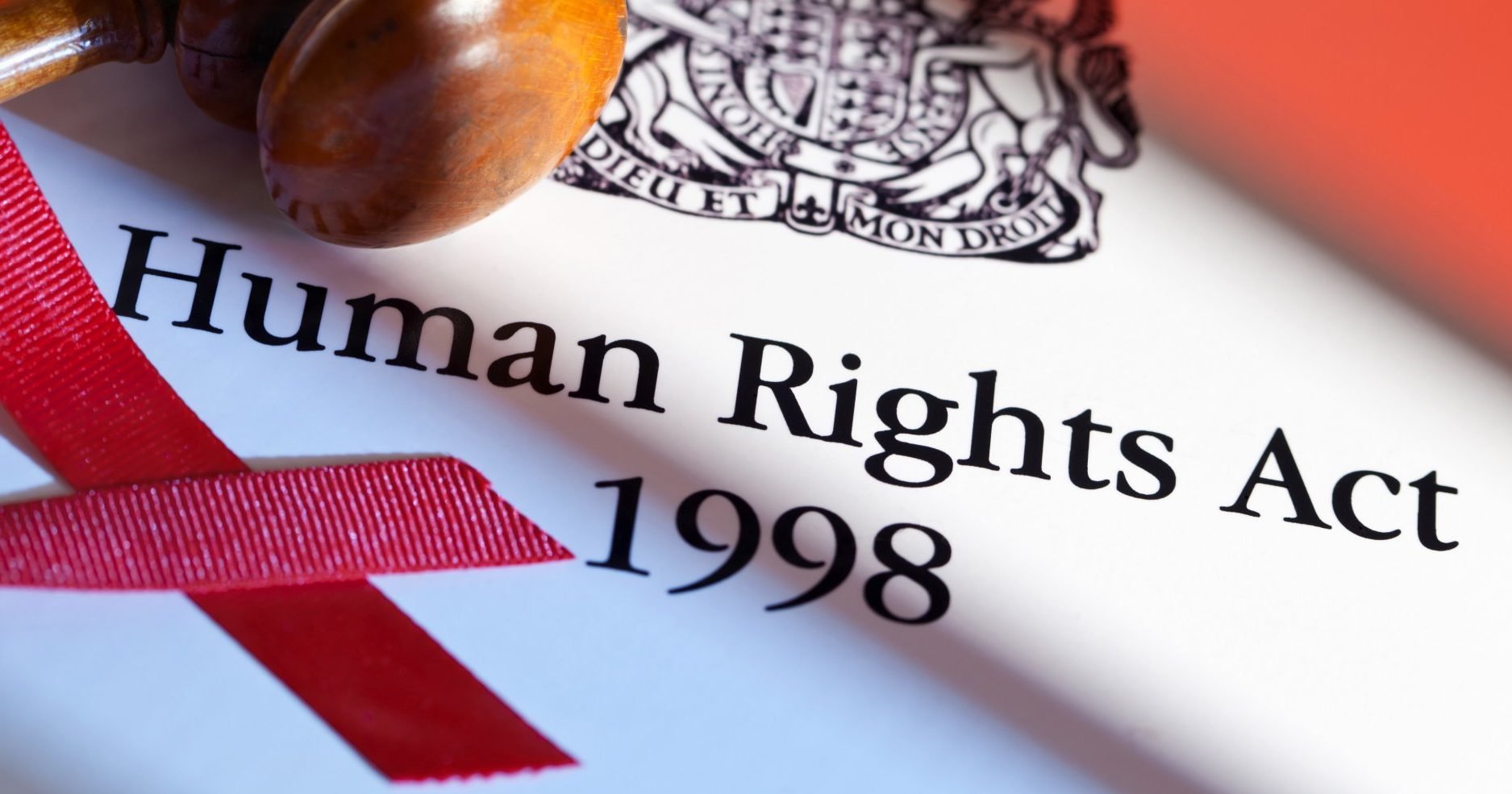Gracing the west end of the upper hall of the Signet Library is a remarkable object. Its story weaves together Greek mythology, Ancient Rome, the Renaissance, the Enlightenment, the Industrial Revolution, and the film industry. A monumental presence at the far end of that most beautiful of interiors, the Garnkirk Florence Vase has stood mute witness to over 150 years of history at the WS Society.
The Garnkirk is a replica of an original Medici Vase. This ancient masterpiece is a marble bell-shaped krater or crater (a type of mixing vessel) believed to have been sculpted in Athens in the 1st century AD for the Roman market. It was conceived as a garden ornament for well-to-do Roman gentry at a time when ambitions of pastoral elegance were clearly in vogue. It was uncovered in Rome in the sixteenth century. By 1578, it had made its way to the household of the Medici, the legendary banking, political and ducal dynasty. As befits the administrative sophistication of this most organised of family business, it was carefully recorded in the household inventory.
Experts have long been baffled by its decorative frieze owing to the singular combination of figures and symbols from Greek mythology. A half-draped seated female figure is thought to be Princess Iphigenia, daughter of King Agamemnon, seated below a goddess, Diana, and flanked by two warriors, possibly Agamemnon and either Achillies or Ulysses. However, the precise allusive and figurative meaning of the vase’s ornamentation is lost in time. In 2017, the Medici Vase was fully restored and is now on display at the Uffizi Gallery in Rome.
The Society’s own vase, while just as splendid, has a slightly less sun-drenched provenance. Gifted to the Society by Thomas Sprot WS — a name not quite as redolent of power and prestige as Medici — a director of the Garnkirk Fireclay Company, originally the even less glamorously named Garnkirk Colliery and Brickfield. However, the Sprot family were a dynasty in their own right, having founded and owned this company. Fireclay products were a boom industry in the nineteenth century and Garnkirk was one of the largest manufacturers of fireclay articles worldwide. An advertisement appearing in a contemporary directory proudly illustrates their large factory, apparently viewed from an incongruously located classical terrace, and seems to modern eyes to have been a major polluter of the already no doubt contaminated Lanarkshire air. Founded in 1832, the company specialised in the prosaic — bricks, tiles, chimney pots, and sewer pipes — and in the more sublime vases and “Ornamental Balustrading of Various Devices”. Aside from its fireclay works near Chryston, Lanarkshire, the company boasted a fashionable showroom and warehouse in central Glasgow, at the corner of Buchanan Street and Sauchiehall Street. Designed by the celebrated architect Alexander (“Greek”) Thomson (1817-63), here is where Glaswegian titans of business and their wives could view and select classical ornamentation to adorn their West End villas. Adding to the prestige of the Garnkirk product, a close associate of Thomson, fashionable classical sculptor George Mossman was responsible for creating the replica frieze on Thomson’s “Garnkirk Florence Vase”.
In the WS Society’s minute book of 1852 the vase is described as “a facsimile of an ancient vase in the British Museum". Similarly, it was styled the Florence Vase in an illustration that appeared in the Garnkirk Company’s product catalogue. Yet, unaccountably, for years at the Society the vase was spoken of as the “Garnkirk Urn” which gave it a most undeservedly morbid connotation. Thanks to research conducted when the vase underwent restoration work in 2009, the correct name is now used, although old habits die hard and still the occasional "urn” is heard. Specialist company Gracilia Ainsworth were employed at the time to stabilise the vase which had developed an alarming list. A steel plate was inserted to add strength to the original dowel connecting the vase to its base. At the same time, the terracotta and black paint that perhaps gave the vase a funereal look was removed and the whole restored to an off-white aged finish, not unlike that of the restored Medici Vase in the Uffizi Gallery.
Unsurprisingly, those working in the film and television industries have been unable to resist the visual charms of the Florence Vase. Unwittingly, it has found itself playing a starring role in a number of Hollywood productions and proved its versatility. When the Outlander series filmed for a week at the Signet Library, their talented carpenters even built a splendid base surround with historically correct panelling and moulding which still adorns it today. The upper hall was playing the role of the Governor of Jamaica’s residence, and the scene featured over 150 extras in full eighteenth-century evening dress. Just this year, the Florence Vase again attracted the attention of the set designers of a major historical blockbuster filming in Edinburgh. For a scene set in a nineteenth-century tea salon, the vase was dressed with a colossal pyramid of dried flowers as was the fashion in Victorian floristry.
“On every occasion in the upper hall of the Signet Library the Garnkirk Florence Vase seems to contribute.”
On every occasion in the upper hall of the Signet Library the Florence Vase seems to contribute; this is not only decorative, but also relates to the identity of the Society as a place of law, authority, and dignity. Its sheer scale says something about the ambition the Society has always had and mirrors the splendour of the building as a whole. Many people commented on the splendid backdrop it provided to the Scottish Global Dialogues lectures by John Kerry in 2023 and Martin Griffiths in 2024. Like so much to do with the Society, although it has a long history, the vase is perfectly at home in the modern world and is viewed with great affection and loyalty by everyone who loves the Signet Library.
This article was originally published in Signet magazine (Issue 17, January 2025).




























